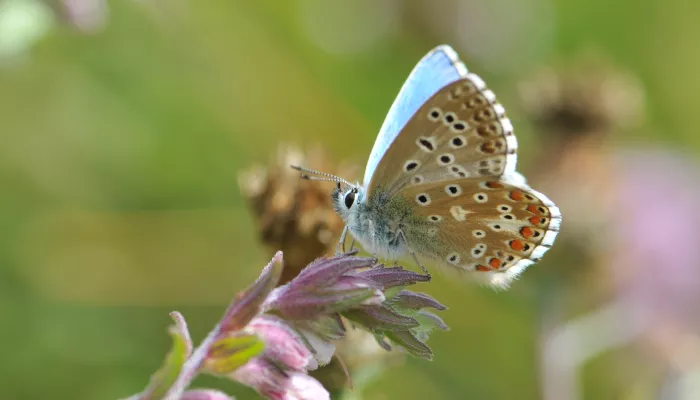So a cleaner, greener, wilder Kent isn’t a nice-to-have – it's a must. At Kent Wildlife Trust, we take that responsibility very seriously.
We have been working to protect, restore, and enhance nature throughout the county for over 66 years. We know we have the knowledge, experience, and strategy needed to reverse this crisis. Our Wilder Kent 2030 vision sets out a bold plan to restore 30% of Kent’s land and sea for nature, aligning with nationwide goals. But to deliver it, we need to raise £3 million.
You can read more about our goals and reasoning behind the KWT Nature Restoration Fund here, but in this blog, we wanted to bring it all back to our purpose – the ‘why’ behind Kent Wildlife Trust. Not our strategic goals and plans, but what wildlife means to us. Why do we care about creating a wilder county anyway?
Well, who better to tell you than our people? Here are some of our thoughts...
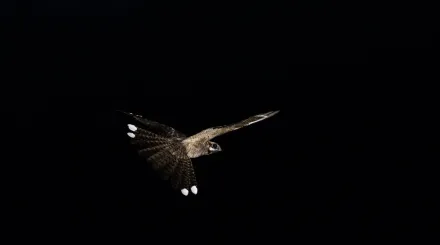
©️ David Tipling/2020VISION
Full of magic and mystery
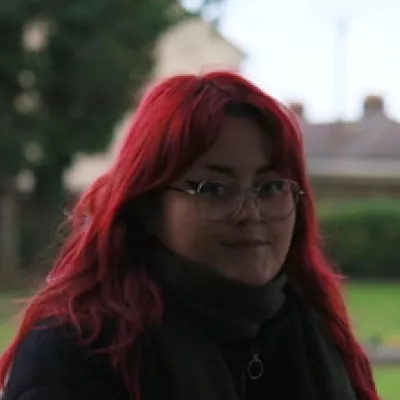
As an autistic person, nature is my everything. Navigating the modern world can be overwhelming at times, but when I step into nature, a sense of calm washes over me. Wildlife has and always will fascinate me. As a child, I would spend hours flicking through animal encyclopedias. I never cared for fiction - I found that the natural world had enough magic and mystery to keep me entertained! In my adult life, my connection to nature has supported my mental health, driven my career and given me a sense of fulfillment.Aimee Howe, Bid Development Officer
We should aspire to make Kent a wilder place to live for both people and nature. There is so much we can learn from nature, both in what we can understand about ourselves and about the creatures we share this planet with. Exploring Kent's countryside gives me a sense of connection to something bigger. At a time where humans and wildlife alike are facing adversity, these green spaces are sanctuaries, and we need to protect them.
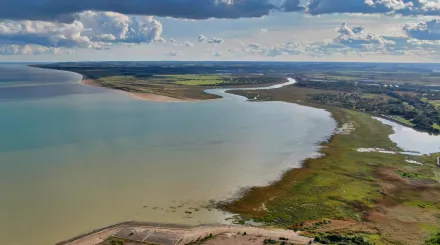
Essential to life
Wildlife is the most important thing in my life. For starters, nature gives me all the essential things I need to survive: food, water, materials to build the home I live in and the clothes on my back. It gives me green space - I'm gardening to make my garden wildlife-friendly and it gives me joy every time I look out the window or see a butterfly flutter by. It gives me wide open spaces to walk and relax - to ground myself when life is hard and to share precious time with friends and family. It gives me an ocean to swim in to keep me sane in an often insane world.Sue Blanch, South East Pine Marten Restoration Project Lead
But these reasons are all about me. More than ALL of them: nature is simply beautiful and has as much of a right to be on this planet as we humans do. It was here before us and as we are the dominant species on earth now, impacting every part of the world, we have a moral and ethical responsibility to take care of it and let it thrive alongside us. I love it more than life itself.
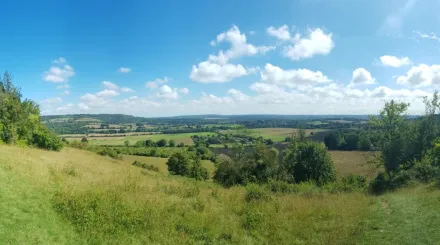
Landscapes tell a story
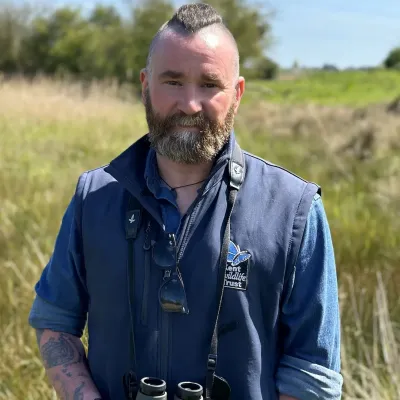
For me it’s not just nature or wildlife but landscape and place. To sit somewhere high and read a landscape, how it has been shaped, by geology, weather, the animals that have moved through it and the people who have lived in it. The pattern of the fields and settlements, the habitats and wildlife - the story they tell, the way a landscape can speak to you, leaves its mark on you, as you leave your mark on it in return.Paul Hadaway, Director of Conservation and Engagement
It's the stories those landscapes absorb, and the role nature plays in those stories which give us a means to reach people and talk to the importance of nature in their world and their role in caring for nature. It’s not necessarily about going back in time but about adding our own layers and stories to value, protect and restore nature to these landscapes reconnecting people to a sense of place and the crucial role of nature in our lives.
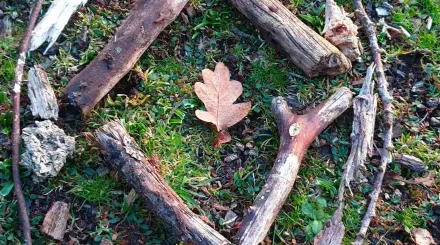
Key to wellbeing
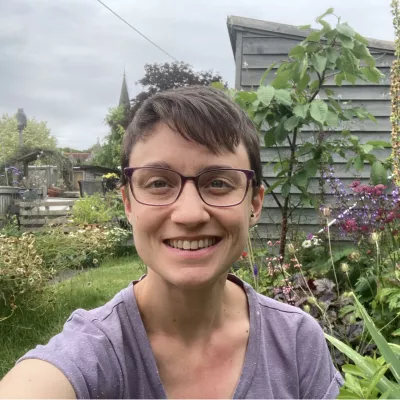
Nature is key to my wellbeing. I feel most comfortable outdoors, listening to birds, looking for different plants or pottering in my garden. When I'm in nature, my mind slows down and my thoughts relax. This is also why I care about protecting nature. Nature is amazing but it is delicate and the system we live in doesn't value it enough. I think lots of us are very disconnected from nature, but if we can find that connection again, it is essential to our wellbeing and improving many wider issues.Ellen Tout, Nature Parks and Gardens Development Officer
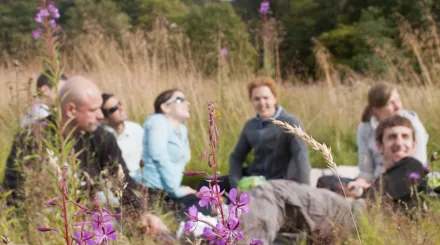
Katrina Martin
Nature is for all
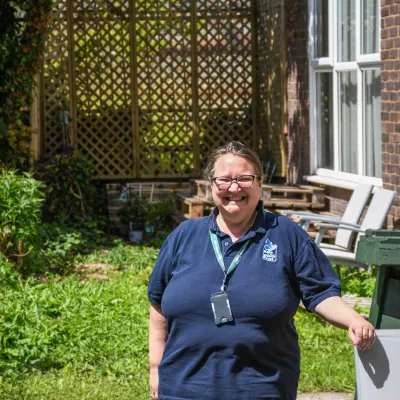
Nature means everything to me. It’s my church, my solace and my refuge. But living with seizures means I can’t always access it, especially not on my own. That’s made me realise how many barriers exist for people like me, and how important it is to make nature more accessible.Jenny Luddington, Blue Mentor – Youth, Education, and Engagement Officer
I never expected to work for a conservation charity, but when I saw a role for a Community Organiser at Kent Wildlife Trust, I took a chance. Now I get to work with communities who are often left out, especially young people and disabled people, and help them find their own connection to nature.
Wildlife matters, and a wilder Kent matters too. It’s not just about protecting the environment. It’s about improving lives. A wilder Kent gives more people the chance to enjoy green and blue spaces, feel better in themselves, and be part of something that belongs to all of us.
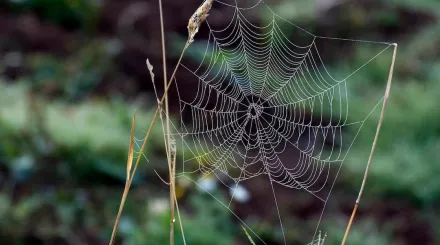
© Zsuzsanna Bird
A rich tapestry
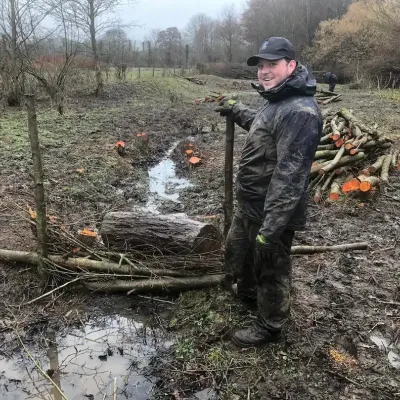
Nature is core to my being; it’s the blood that flows in my veins. It grounds and connects me to the wider world and is my solace through hard times. It’s not just something that's nice to have, it is essential to our survival as one of the many species which call this world home. Repairing and renewing our intricate tapestry here in the UK, the south east, and Kent is key in making our areas nicer spaces for us to thrive in.Will Glasson, Ashford Area Warden
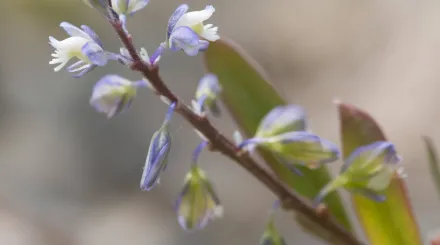
Our shared treasure
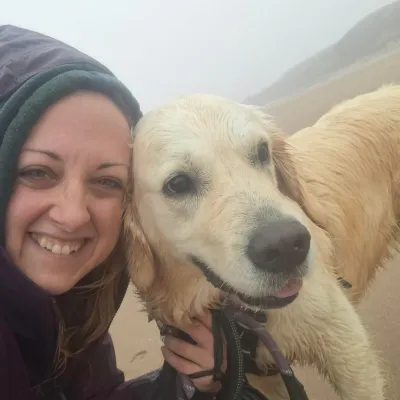
Nature is the rhythm of my life – I live and breathe it with every fibre of my being. Each walk through the Kent countryside with my dog, even on the darkest and most miserable of rainy days, reveals beauty, peace and joy that heals me daily. Wildlife is our shared treasure; by making Kent wilder we protect not only the creatures we love but the very heart and soul of a beautiful place we are so very lucky to call home.Lucy Eyre-Tanner, Membership Officer
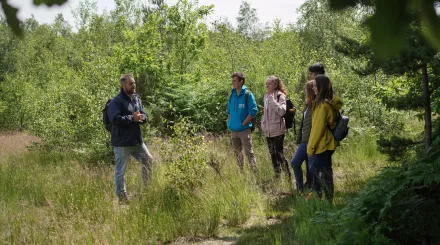
Our green county
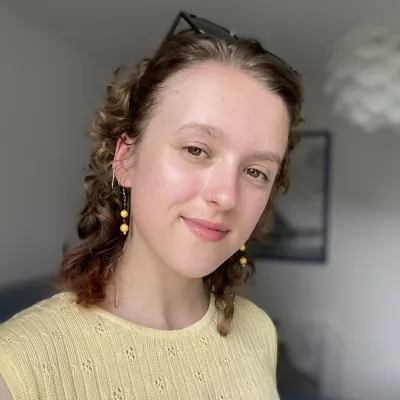
I was fortunate enough to grow up connected to nature. I lived in an area with access to green spaces, and my parents and grandparents all cared about the natural world. Whether it was finding the magic in making ‘fairy houses’ from moss and twigs as a child or running through fields of grass I’m oh-so allergic to, I’m incredibly grateful for being able to experience some of Britain’s wilderness.Rosie Parry-Thomson, Digital Marketing & Lead Generation Officer
Not everybody is so lucky – and, as time goes on, each generation will be less fortunate than the last. If we stay on this trajectory, soon nobody will be able to connect to wild spaces.
Nature isn’t a negotiable and nor is creating a Wilder Kent. This is our county, ‘The Garden of England’, and I know many people can picture a time and place where wildlife wasn’t something you had to seek out – it just was. That’s how it should be. For our wellbeing and the future of the planet.
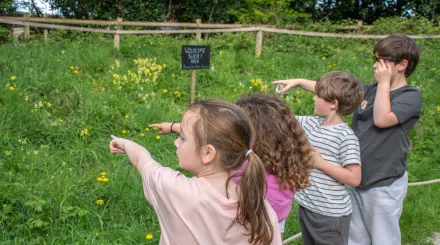
For the next generation
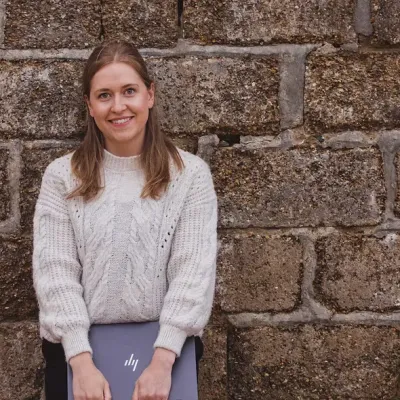
For me, nature has always been more than a backdrop, it's where I find balance, connection and perspective. Running along the Kent coast is where I clear my mind and remind myself what really matters. Walking with my girls along the woodland paths, pointing out different flowers or the flash of a rabbit, I see the world through their eyes - full of wonder, curiosity and possibility. It makes me determined that they grow up in a county where wildlife thrives and where nature is woven into daily life, not pushed to the margins. Kent is beautiful, but it could be wilder.Katie Carr, Business Support Officer
A wilder Kent means clearer rivers, richer soils, buzzing hedgerows, and more space for people and wildlife to coexist. That's why I care so much about wildlife, and why I believe we should all care. Because a wilder Kent isn't just good for otters, beavers, or butterflies - it's good for all of us. It's about health, joy, resilience, and leaving something stronger for the next generation.
Our vision can become reality – with your help
It’s time we said “enough is enough” to species decline, habitat loss, and dwindling nature services that keep us surviving and thriving. The climate and nature crises aren’t future threats – they’re today’s reality.
But we want you to know that there is hope. Across the county, we’ve seen how generous support and donations from people like you have transformed habitats, unlocked access to green spaces, created pioneering wilding projects like in the Blean, and even reintroduced long-lost species like the red-billed chough. Just recently, we were able to secure over 400 acres of land for nature in Lamberhurst through the Hoathly Farm appeal.
If you feel how we do about nature, please consider supporting the KWT Nature Restoration Fund so we can make our vision a reality. With your help, we can create a county where woodlands teem with birdsong, wetlands ripple with dragonflies, grasslands blaze with wildflowers, and heathlands echo with the call of restored species.

